Initiative in A Gest of Robin Hood
Exploring the First Eligible initiative system used in Fred Serval's A Gest of Robin Hood published by GMT games. Turn order becomes part of the tough decisions in this asymmetric game.
Last week we looked at probabilistically equivalent mechanisms — admittedly a mouthful, but a topic that generated a lot of discussion. As always, Skeleton Code Machine readers shared some great thoughts and additional resources. I recommend checking out the comments.
This week we are digging into a specific part of A Gest of Robin Hood — the initiative system.1 Rather than a simple alternating turn order, the game uses an eligibility system that is particularly clever.
But first…
Do you enjoy reading Skeleton Code Machine each week? Consider subscribing to Tumulus — quarterly compendium of analog gaming inspiration, tools, design theory, and playable content. Issue 4 is shipping now and includes contributions from Nate Whittington and Junk Food Games.
A Gest of Robin Hood
Designed as an easy entry point into counter-insurgency (COIN) games, A Gest of Robin Hood (Serval, 2024) uses a mythic Robin Hood theme instead of the usual historical conflicts:
A Gest of Robin Hood is the second game in the Irregular Conflicts Series, further adapting the COIN system to depict peasant revolts, feudal tax collection, and outlaw activities in late 12th century medieval England. Transposing one of GMT’s most popular systems into a simpler format and a more approachable setting makes A Gest of Robin Hood perfect for newcomers to wargaming. At the same time, it also offers a tight challenge for more experienced wargamers who can enjoy a tense asymmetric duel in under an hour.
The game is 2-player only with one side playing Robin Hood and his Merry Men and the other side playing the cruel Sheriff and his Henchmen. The Sheriff controls more forces and has easier access to coin. Robin Hood is weaker, does well to stick to the woods, and must scrounge for each coin. It’s a highly asymmetric game that does a fine job of capturing the theme.
Both sides are trying to move a Royal Favor token on a tug-of-war track to win the game when King Richard returns. Robin Hood wins by placing camps, inspiring revolts, and robbing carriages to move the track toward Justice. The Sheriff wins by removing camps, sending Robin Hood to prison, and suppressing revolts which move the track toward Order.
There’s so much that could be explored in the design of A Gest of Robin Hood, but I want to zoom in on one just one element — the initiative system.
IGOUGO
In many wargames, one player takes all of their actions with all of the units in their army. Then the other player takes all of their actions. This simple, back-and-forth turn taking mechanism is often called “I go, you go” and abbreviated IGOUGO. It’s how chess, Risk, and Warhammer 40K work.2
This fixed turn order system has at least two key advantages:
Simplicity: Alternating turns is simple and easy to understand. One player does everything and then the other player does everything. There are no opportunities for timing issues or other complex rule exceptions.
Strategy: Players are able to plan and execute their entire turn without interruptions. Reduces frustration from having your combo broken or your units eliminated before they can act.
But it does come with some downsides:
Downtime: Depending on the type of game and number of available actions, downtime can be rough. This is particularly true in games with many units that can be activated (miniature skirmish games) or where AP is a concern.
Predictability: The rhythm of the game never changes, always alternating back and forth. You know exactly when the other side when act and you know when they won’t act. This is fine in most cases, but it is often randomness that creates the best memories in games.
First player advantage: Because the turn order never changes, the first player might retain a slight advantage throughout the game. This is often countered in worker placement games by adjusting the starting resources for each player based on their initial turn order.
Alternatives to IGOUGO include alternating actions like in Blood Rage (Lang, 2015) where each player only takes a single action on their turn. In a larger wargame, this might mean each player activates a single unit before passing to the next player rather than their entire army.
For What Remains: Out of the Basement (Thompson, et al., 2020) uses a random token pull system for turn order and activations. It allows players to decide how many tokens to put in the bag. More tokens is more actions, but also more exhausted units on the next turn.
First eligible player initiative
A Gest of Robin Hood uses a really interesting initiative system that relies on eligibility.3 Players choose action types and that choice determines who chooses first during the next round of play (Rules of Play, p. 6):
Both players then get an opportunity to act on each Event card, in initiative order. The First Eligible player’s choice of actions limits the options available to the Second Eligible player, and the choice made by each player determines the order of eligibility for the next card.
In practice, here’s how that system works:
The First Eligible player chooses one of the three available options and resolves it:
Single plot
Event
Plots & deeds
The Second Eligible player (i.e. the other player) chooses one of the two remaining options and resolves it.
After both players have taken their turns, the leftmost token on the options (i.e. single plot, event, plots & deeds) determines the First Eligible player for the next round.
This initiative system adds some really tough choices to the game!
The single plot option is usually the weakest action. The plots & deeds option is usually the strongest. You can take a weak action (single plot) which locks in your position in the leftmost on the options. You’ll get to go first again next round, but at the cost of not performing an event or deeds.
By carefully selecting a mix of strong and week actions, a player could end up with back-to-back actions which can turn the tide of the game. Again, it comes at a cost — perhaps not selecting the actions you most want.
Many turn order and initiative systems
Geoff Engelstein lists about seventeen different turn order mechanisms in Building Blocks of Tabletop Game Design. There are probably double that since the book has been published — endless variations fixed systems, action claims, rolling for initiative, and so on.
What’s interesting about the one used in A Gest of Robin Hood is that it doesn’t just randomize the turn order — it turns it into a choice. It’s a clever way to make players agonize over the decision to take a strong action or get a better turn order — to take an action or block their opponent.
The only other initiative systems I can think of that felt as compelling are the token pull in For What Remains as mentioned above and the card system in the Undaunted series (e.g. Undaunted 2200: Callisto).
With most TTRPGs relying on some sort of initiative system for combat (e.g. dice rolls), this seems like a great area to explore and experiment. Emberwind’s initiative slot order system is a good example.
Conclusion
Some things to think about:
Turn order matters: Whether it’s a resource-gathering Euro game, a historical wargame, or a TTRPG, turn order matters. There are potential first player advantages to consider and the predictability of who will go next. Don’t assume that everything needs to be IGOUGO.
Make initiative interesting: A Gest of Robin Hood demonstrates that turn order can be a way to enhance player agency and create tough choices. It retains some of the advantages of IGOUGO, but swaps the order — not in a random way, but as a result of player choices.
Experiment with turn order systems: IGOUGO in board games and rolling for initiative in TTRPGs are the traditional ways to determine turn order. With so many different options, this is a potential area for experimentation and innovation. I particularly like the idea of experimenting with systems that create tough choices.
What do you think? Does the eligibility system of A Gest of Robin Hood have applications in other types of games? What are your favorite turn order or initiative systems?
— E.P. 💀
P.S. Tumulus 04. “Return to the sea” is shipping now. Subscribe to receive this issue as your first of four, quarterly issues. 🐙
Skeleton Code Machine is a production of Exeunt Press. All previous posts are in the Archive on the web. Subscribe to TUMULUS to get more design inspiration. If you want to see what else is happening at Exeunt Press, check out the Exeunt Omnes newsletter.
Skeleton Code Machine and TUMULUS are written, augmented, purged, and published by Exeunt Press. No part of this publication may be reproduced in any form without permission. TUMULUS and Skeleton Code Machine are Copyright 2025 Exeunt Press.
For comments or questions: games@exeunt.press
Gest is pronounced like “jest” in this case — meaning a type of story or adventure.
I will admit that I’ve never actually played Warhammer 40K, so I’m just going off what I’ve read. There seems to be a bit of debate over whether or not IGOUGO in Warhammer 40K is a good thing, wondering if alternating unit activations would be better. I’m in no position to comment on such things, but please feel free to discuss in the comments.
According to a design note in the rulebook (p. 6): “This two-player sequence of play, using an initiative track with three spaces, was directly ‘robbed’ from The British Way, a multipack of four two-player COIN games by designer Stephen Rangazas.” Fred Serval also noted that Colonial Twilight inspired the system as well during an interview with Cardboard Creations. It’s a great interview and you should check it out.

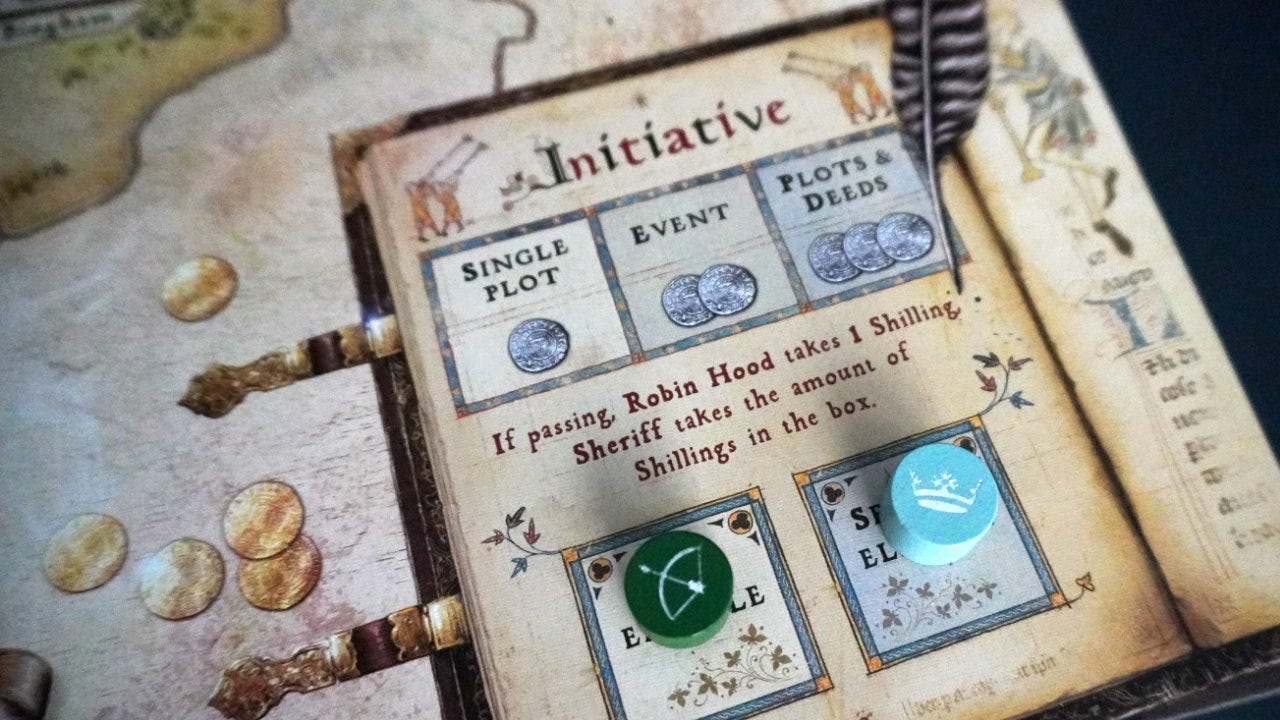
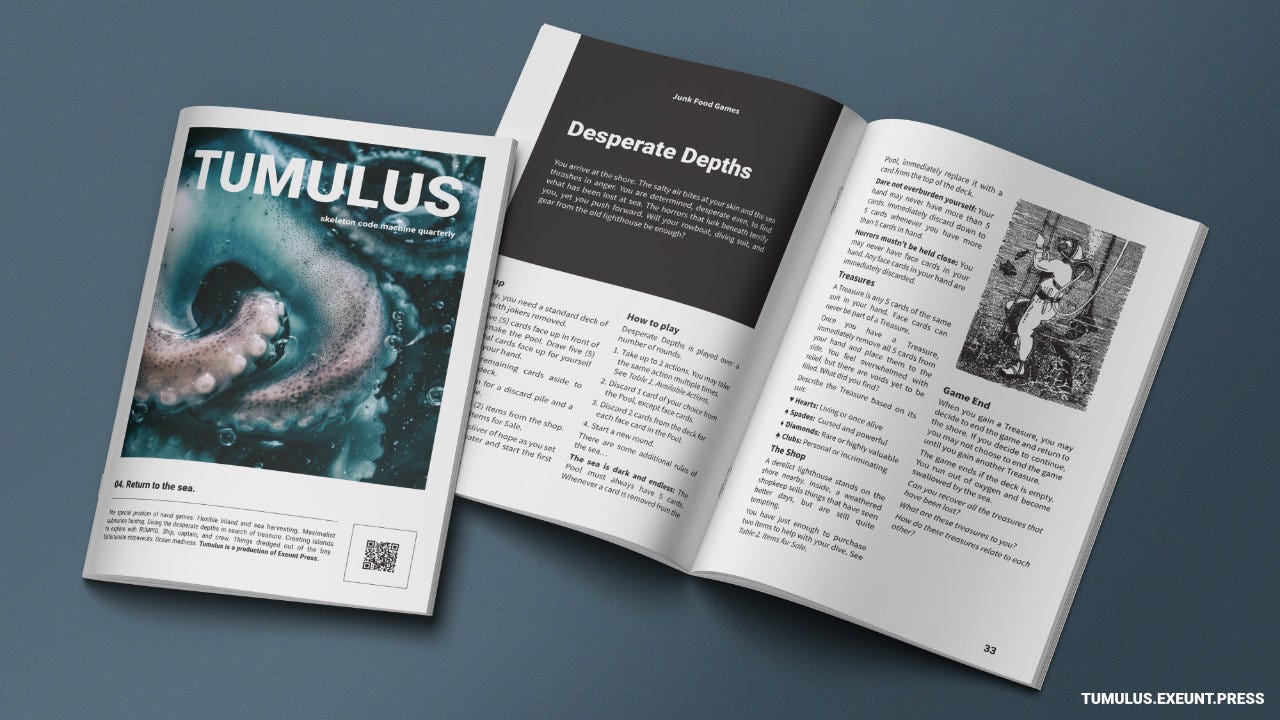
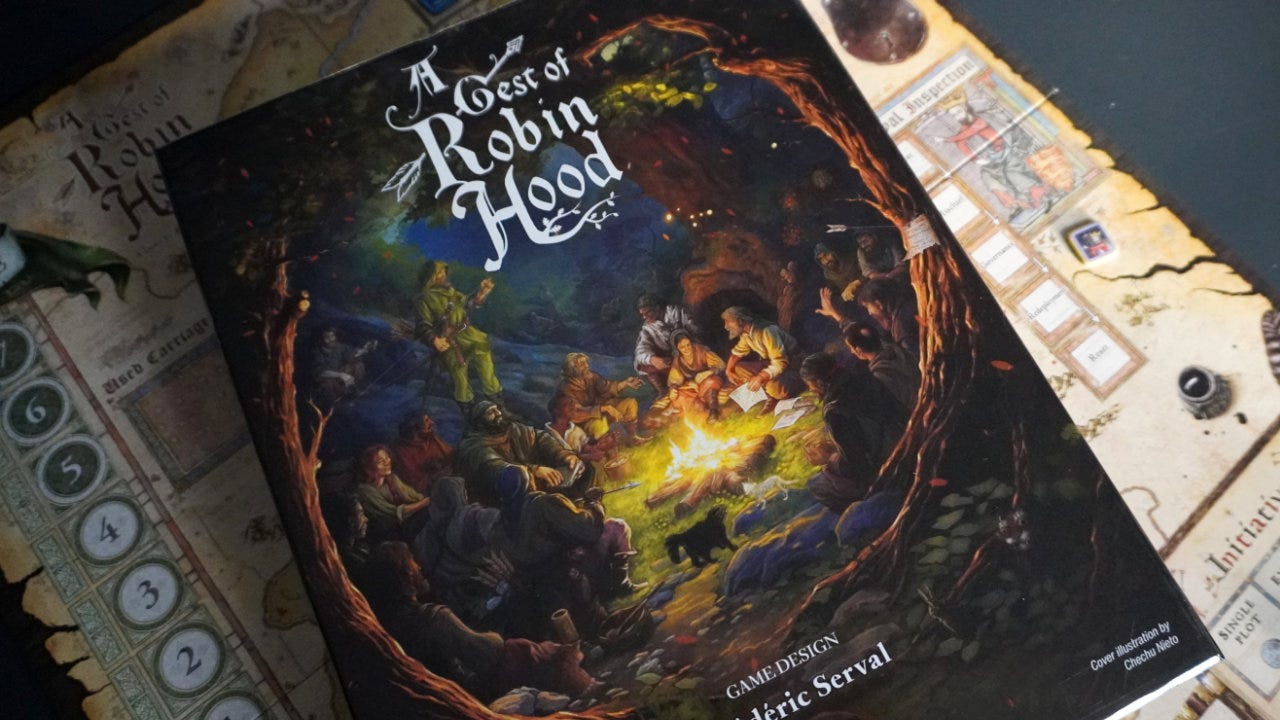
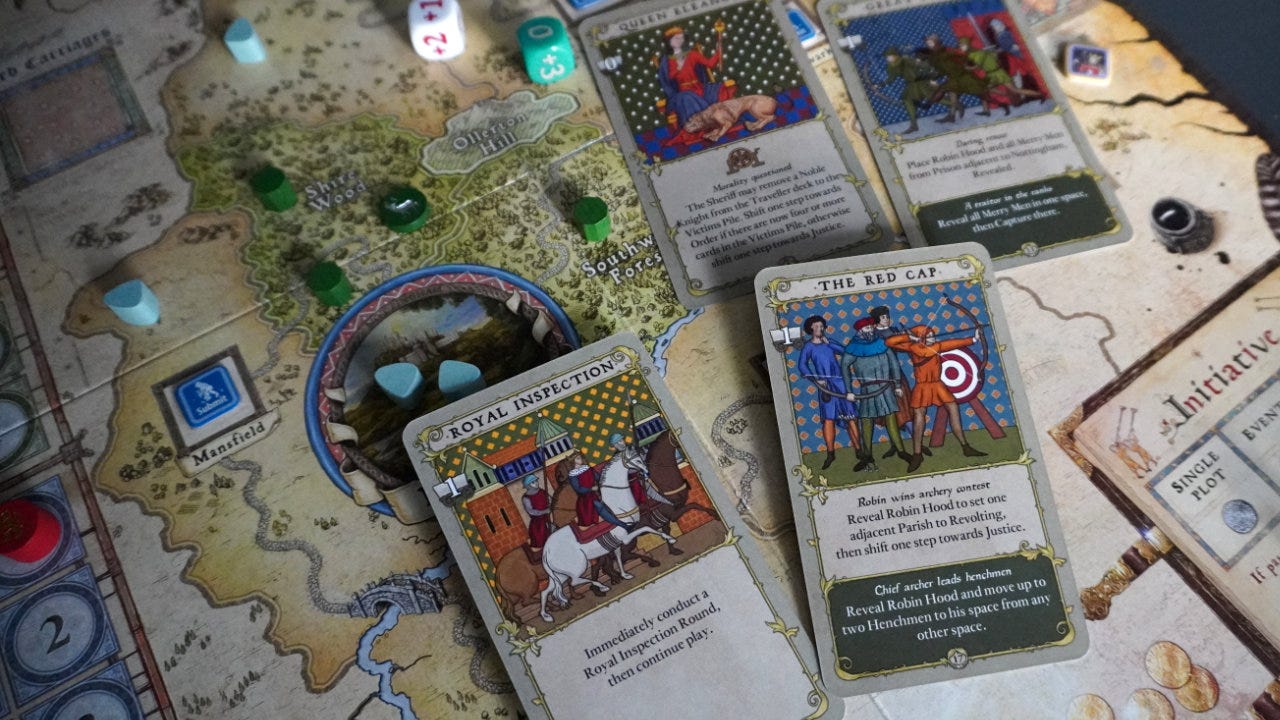
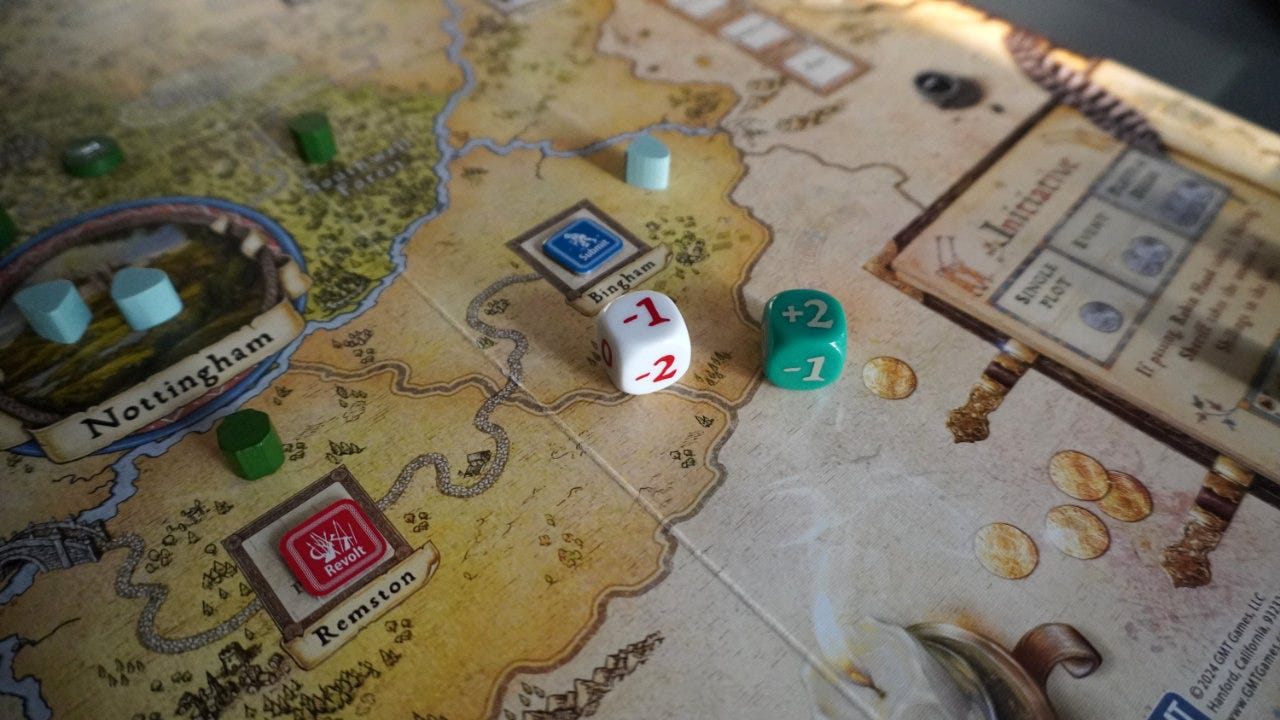

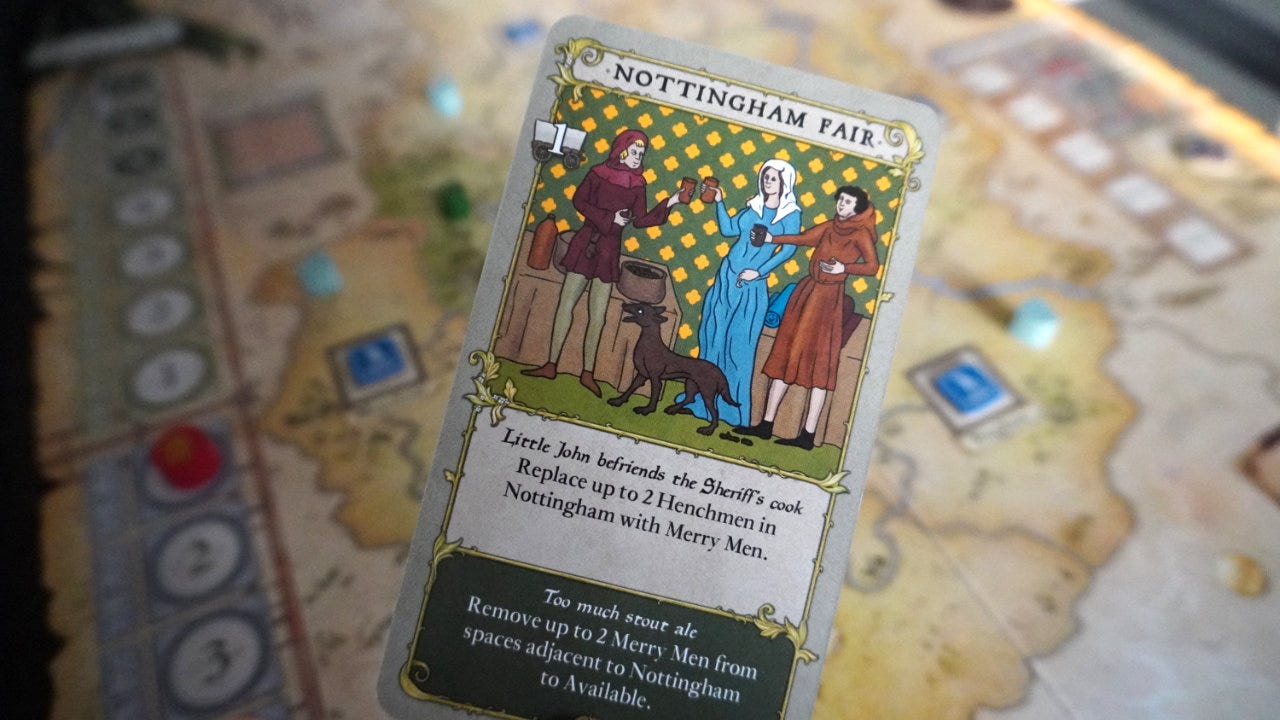

The initiative system that lives rent free in my head is "chit pull activation." This produces a random turn order for all involved factions each round, like in Plains Indian Wars (which I happened to play this past weekend, and the win really did come down to whether the Settlers acted before or after the Railroad in the last round). The variation of it that really lives in my head is the version of chit pull used in A Most Dangerous Time, which adds a single "TURN ENDS" chit. As soon as that one gets pulled, the turn ends. Which means not all factions may act in every turn. In fact, I have seen where that is the first chit pulled in a turn, and nobody gets to act at all! Absolute chaos. I love it, but recognize that some people would hate it. It makes sense thematically for that setting, but I don't want that kind of system in every game.
Reminds me of the draft picks in kingdomino. I would often take the first tile just I can go first.